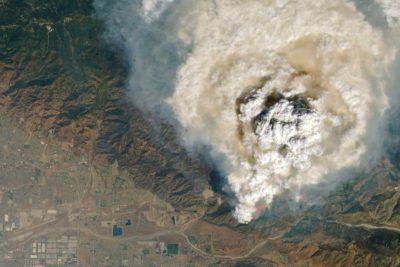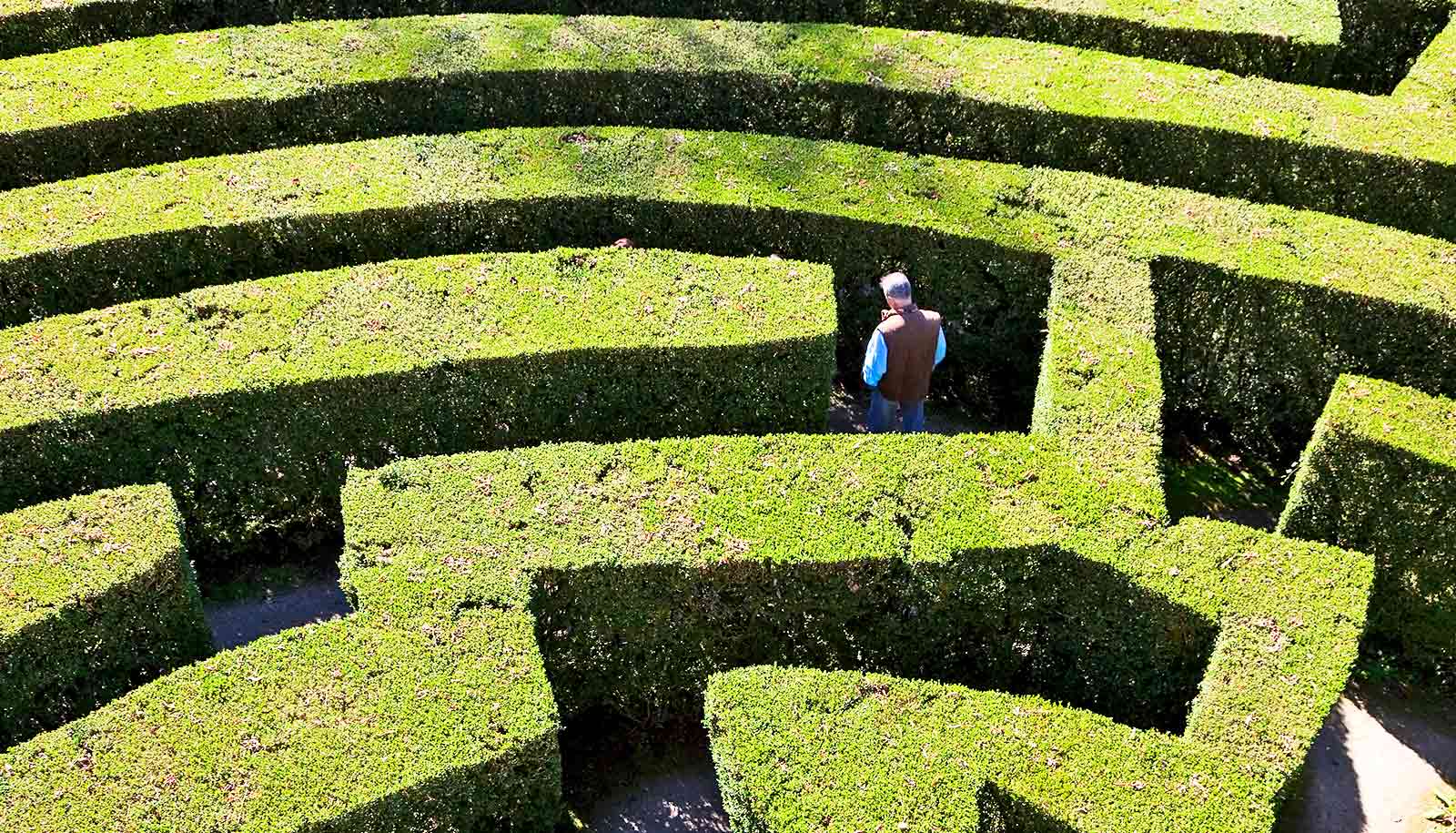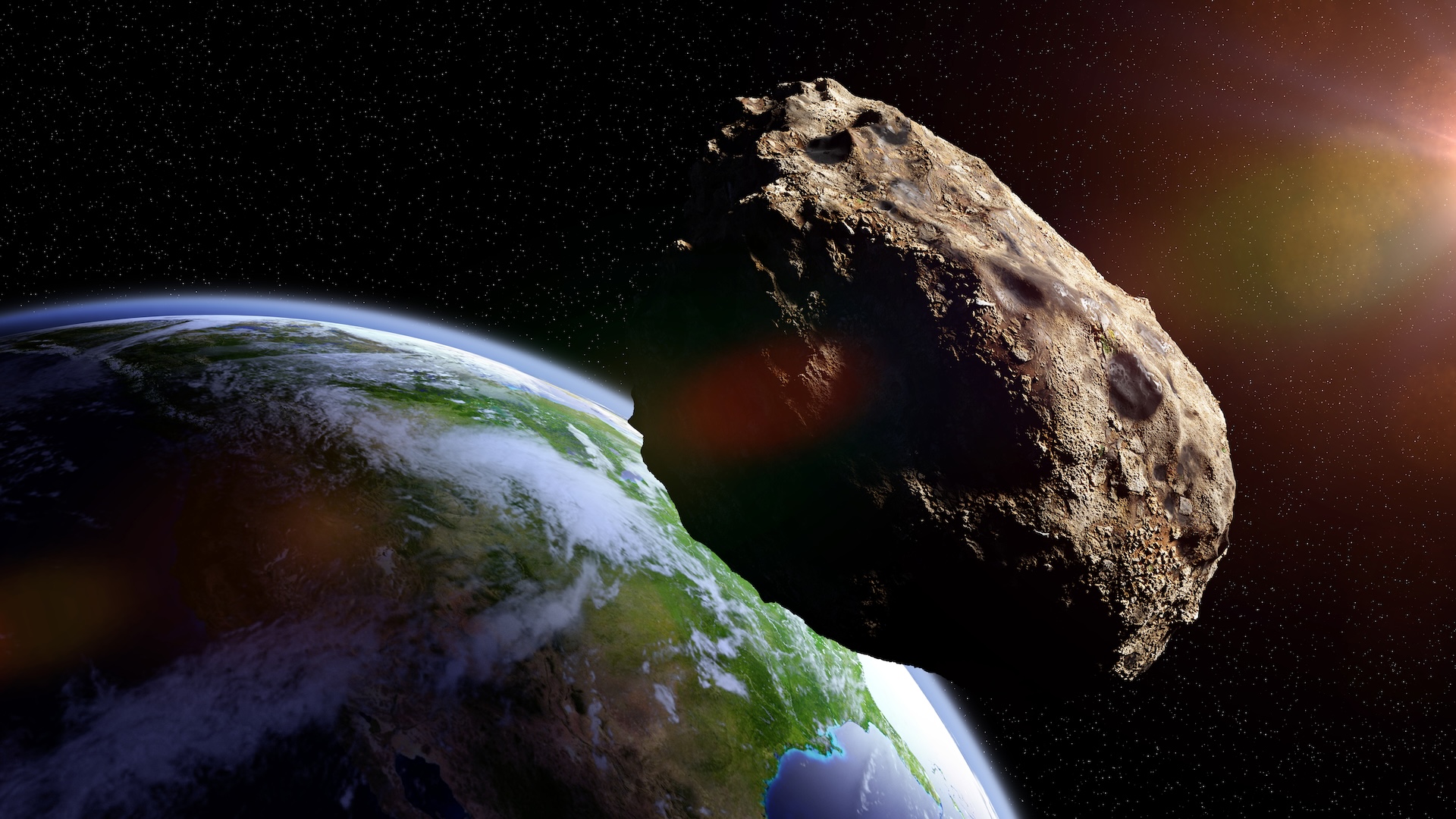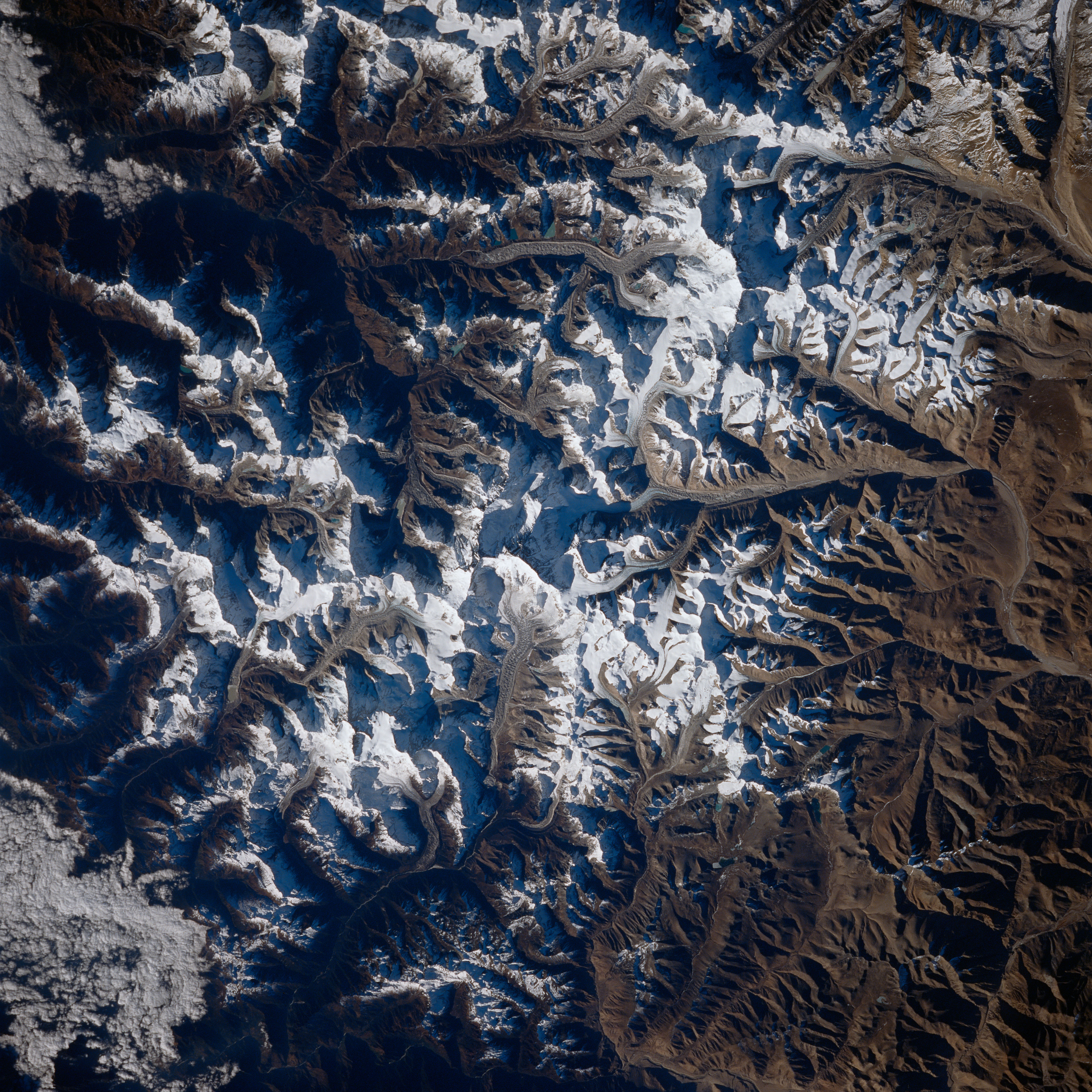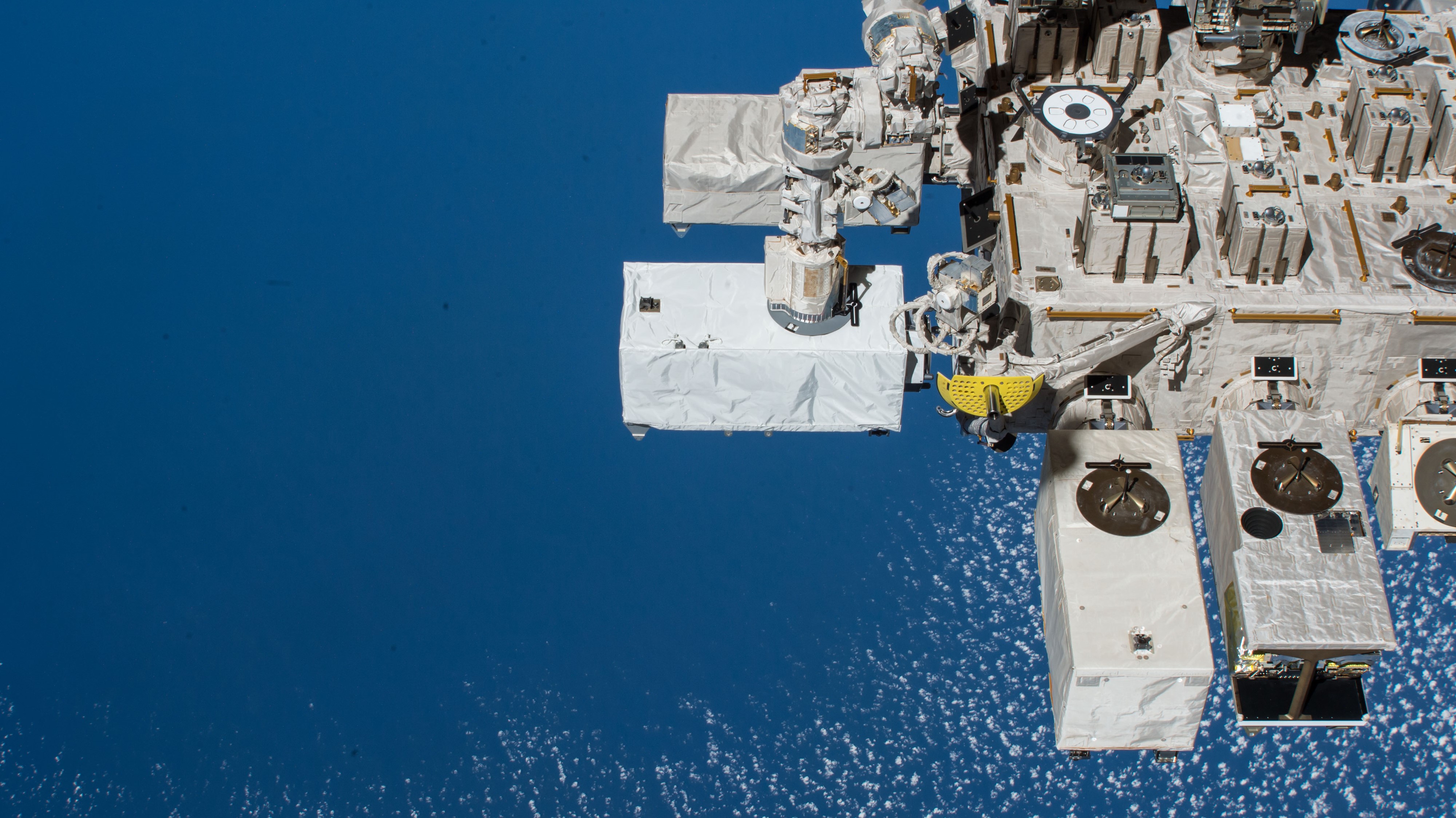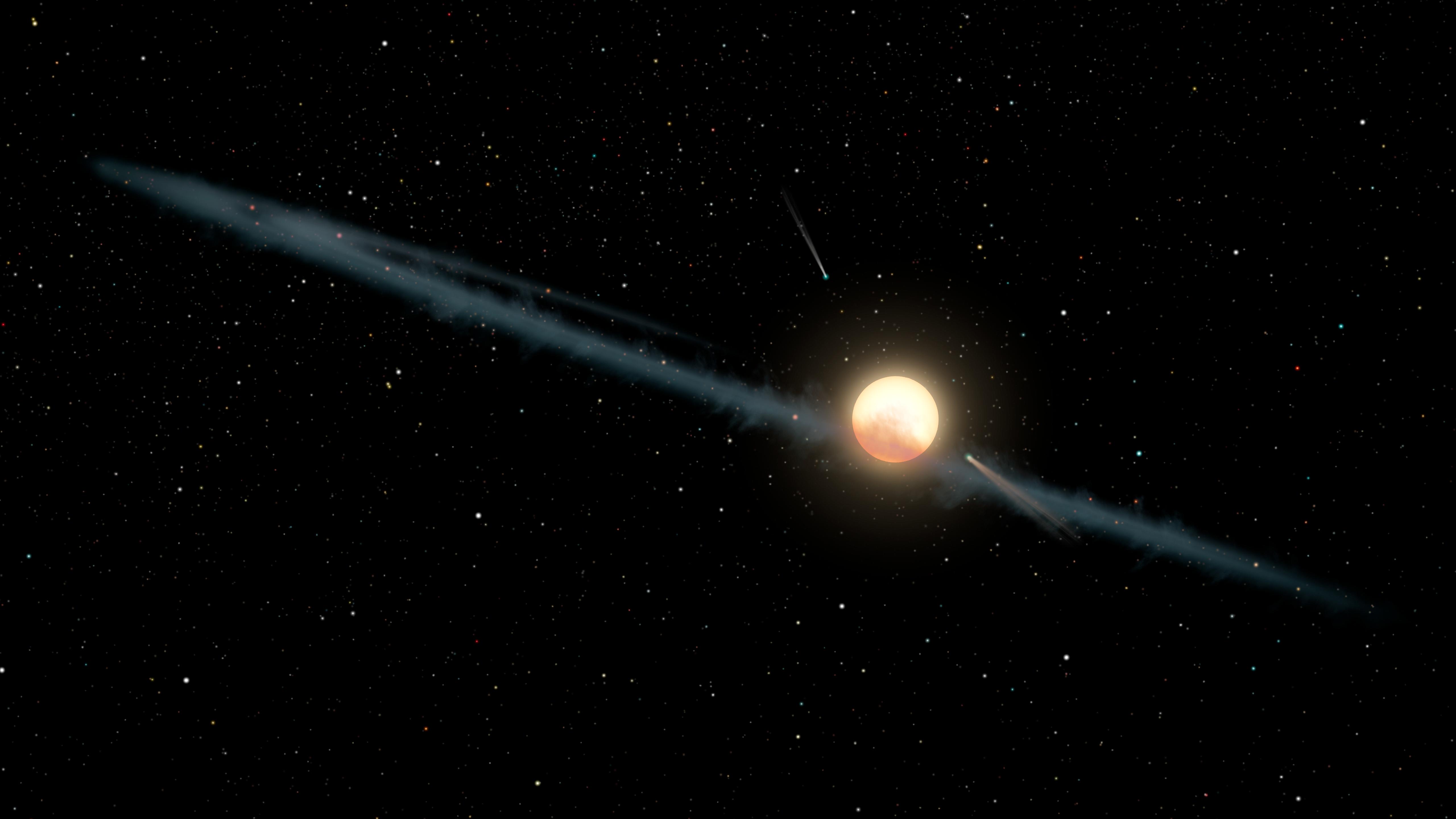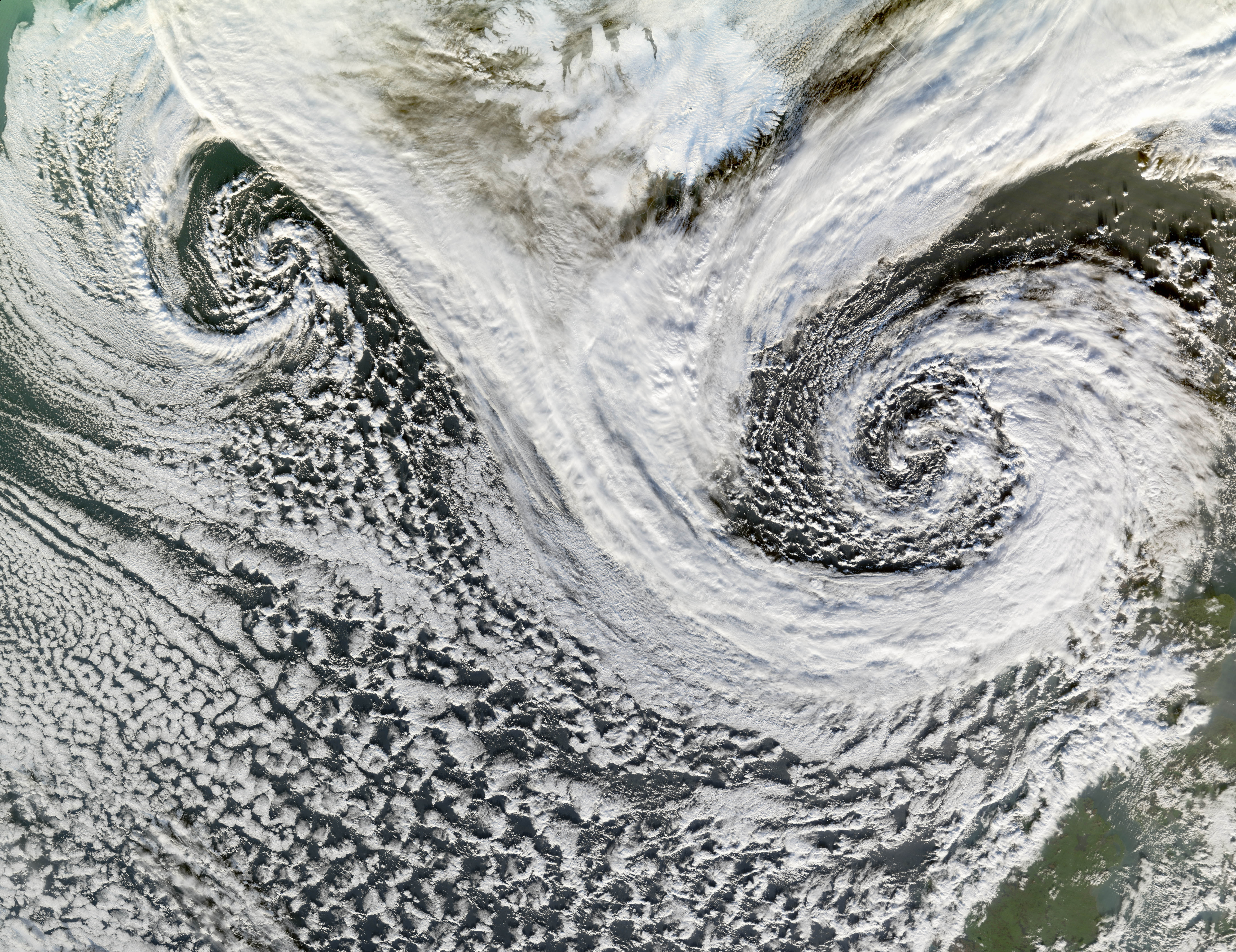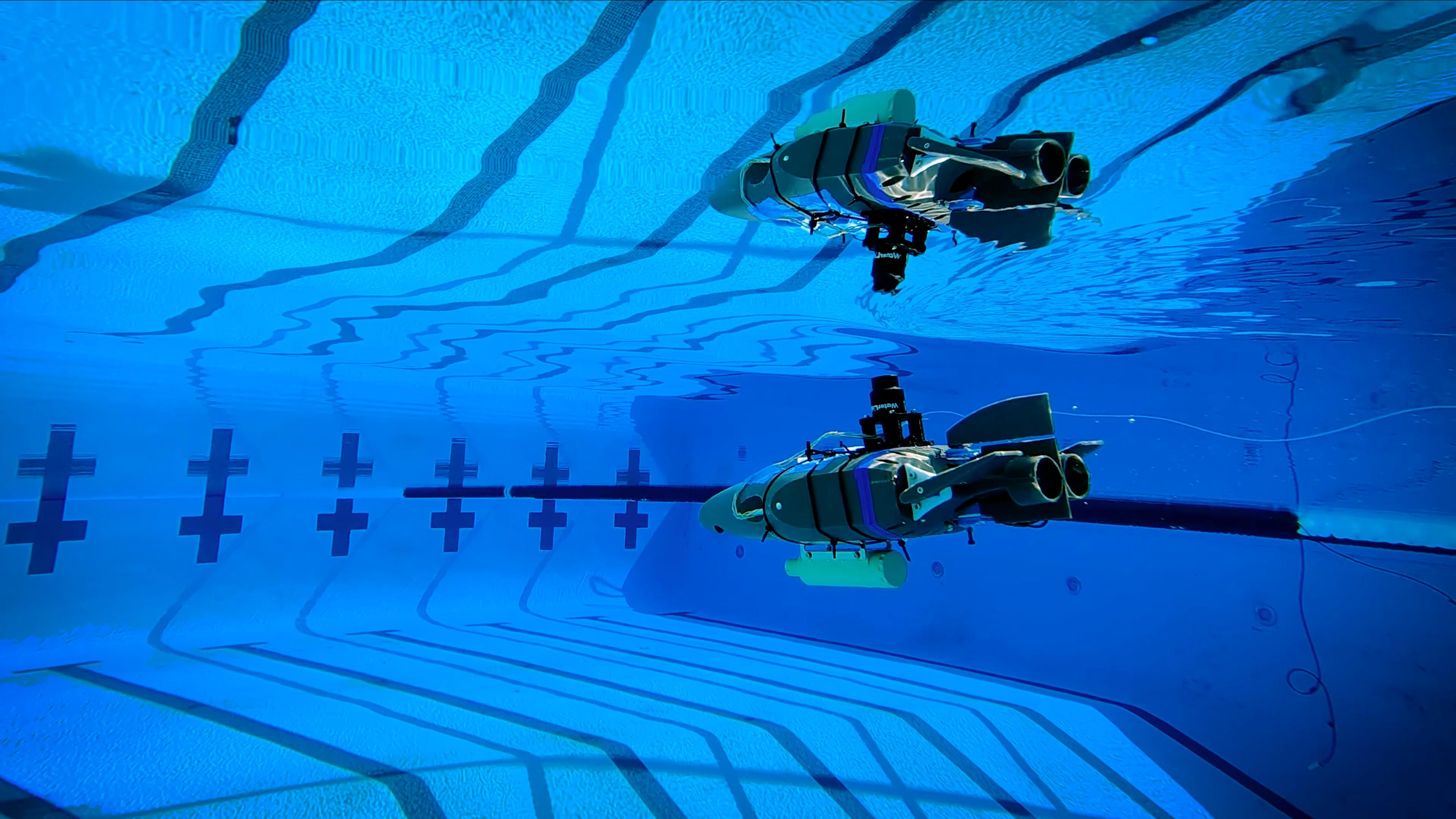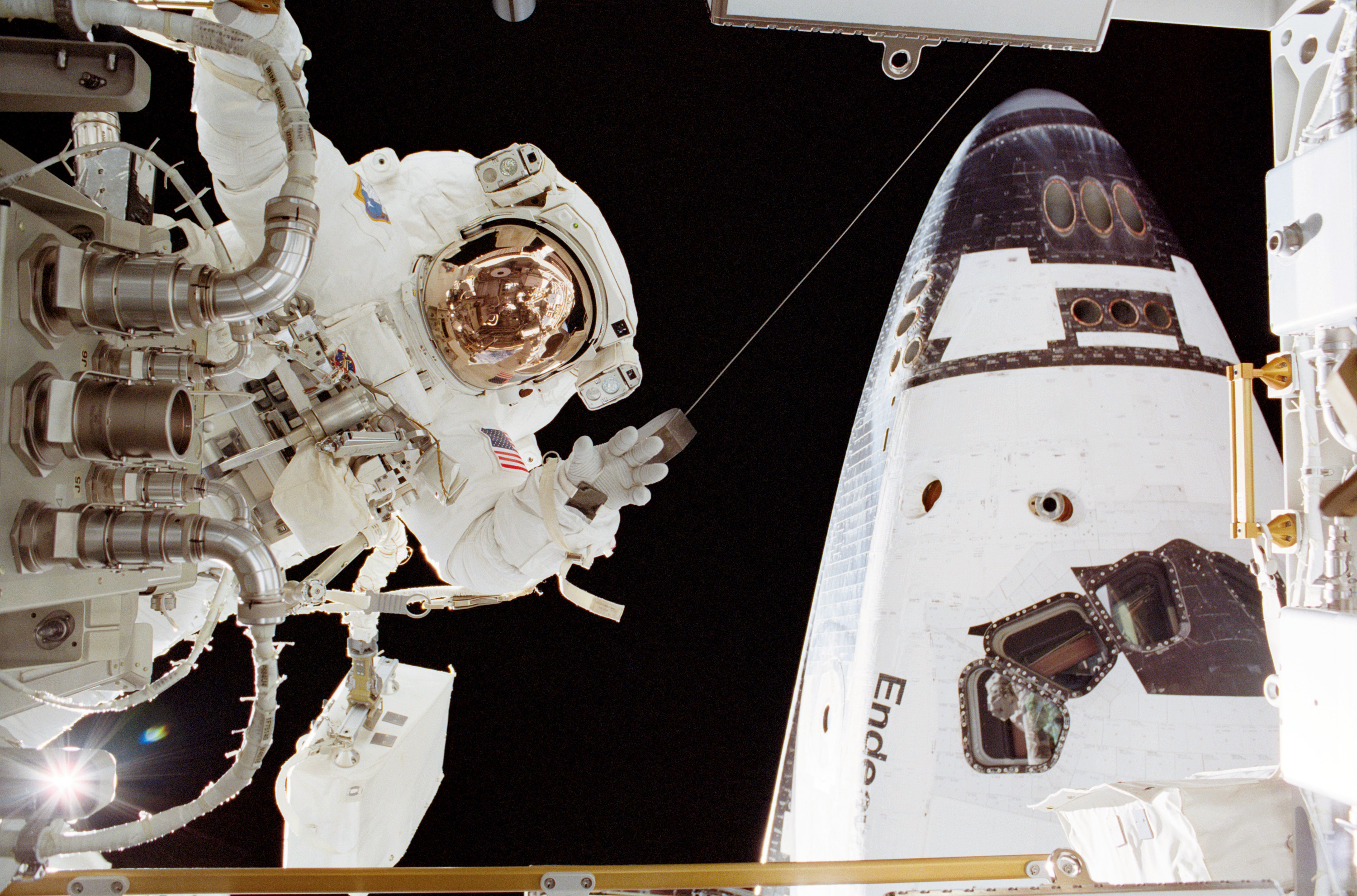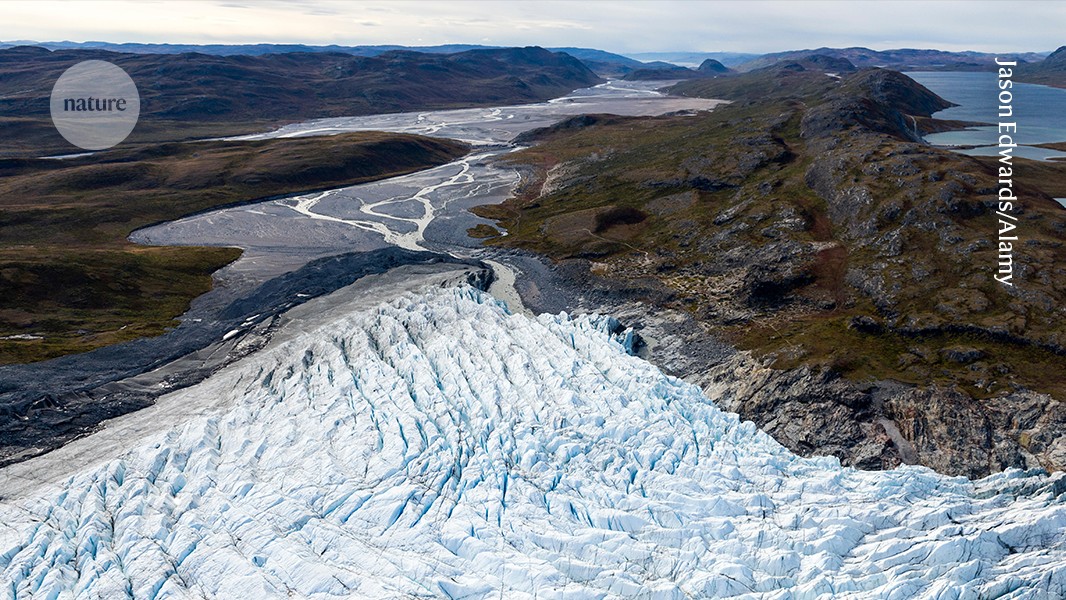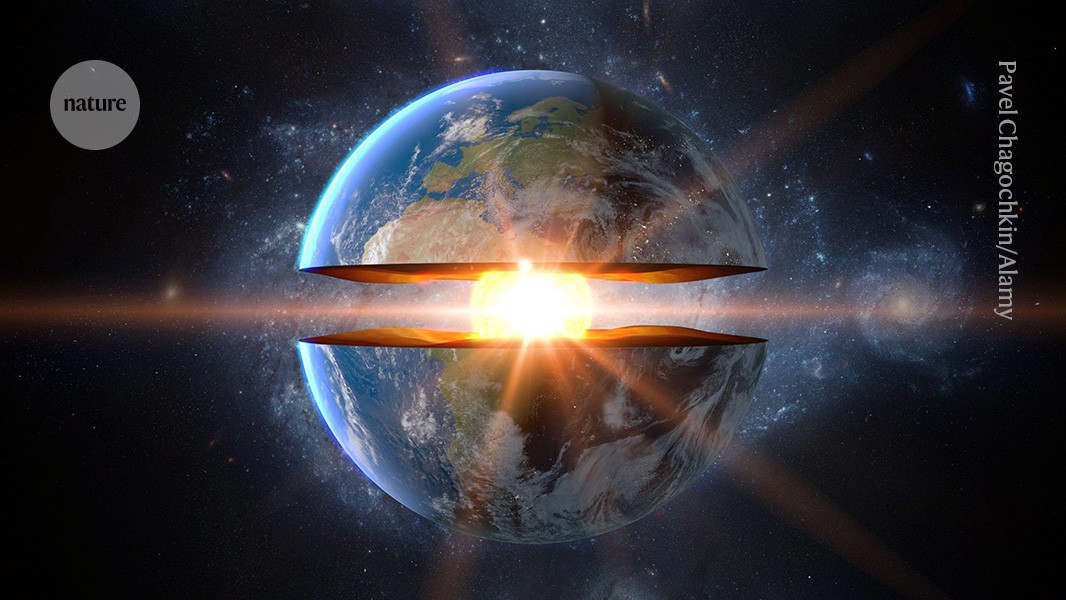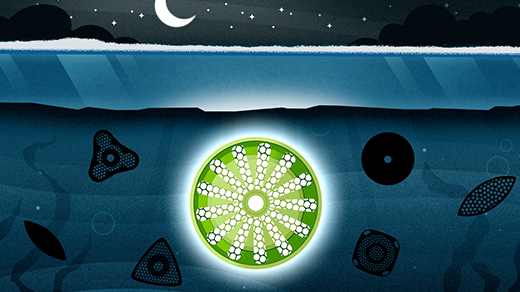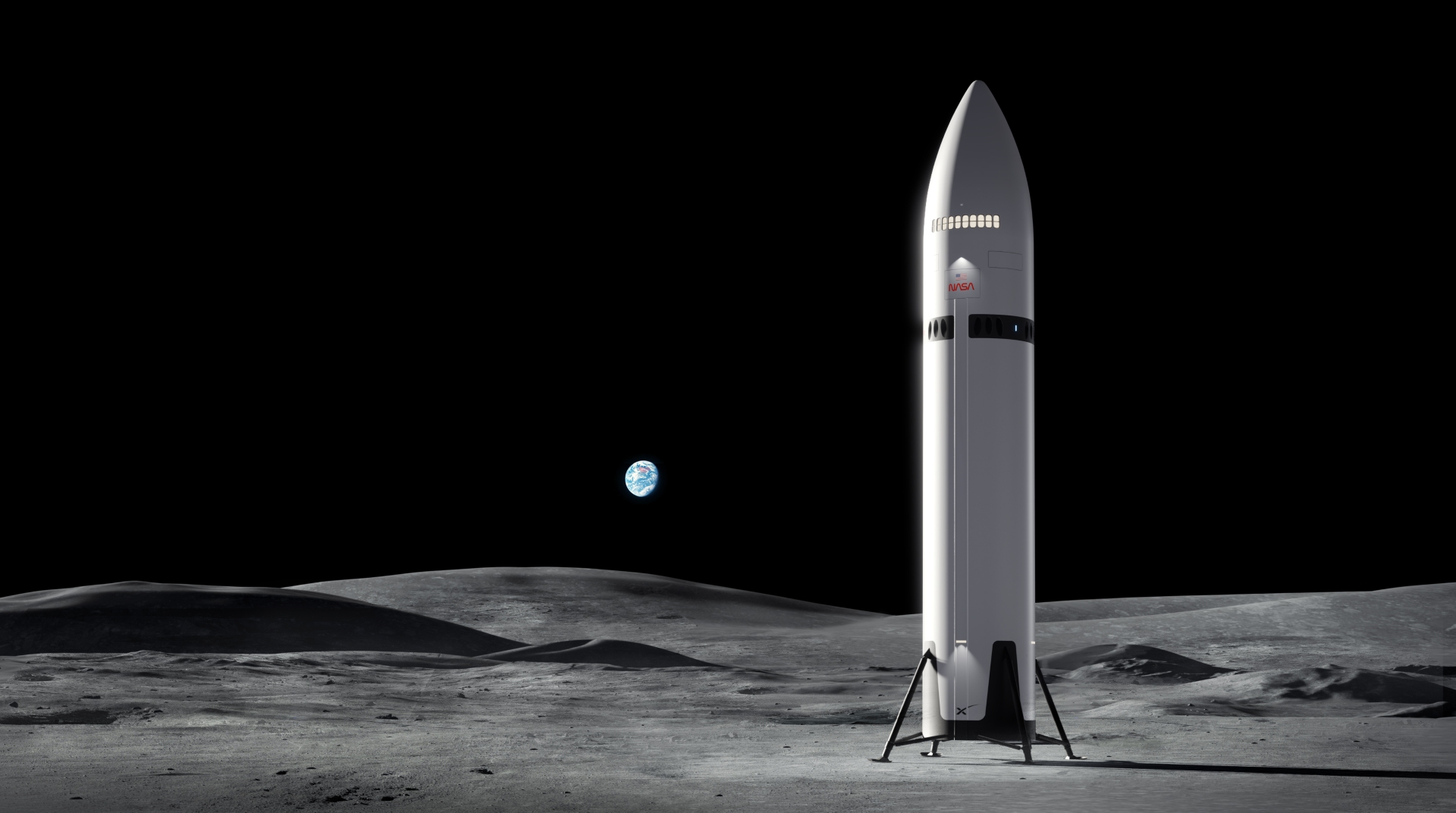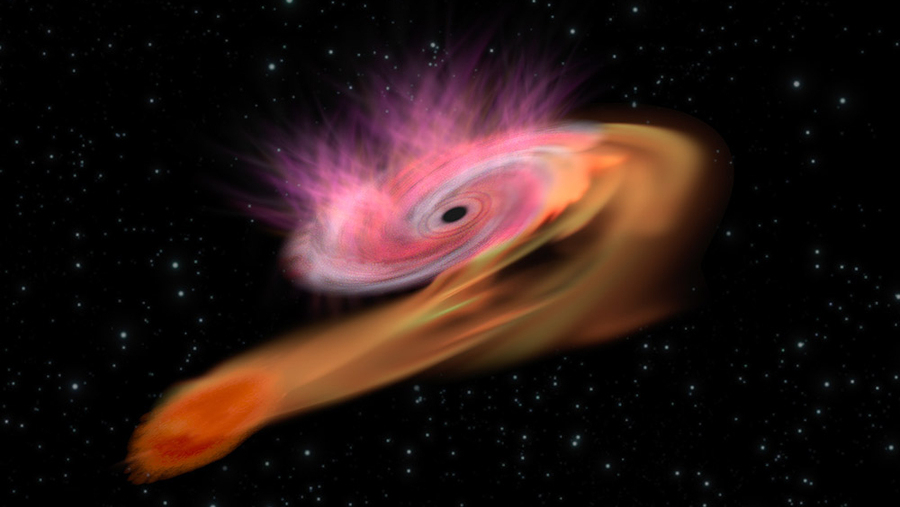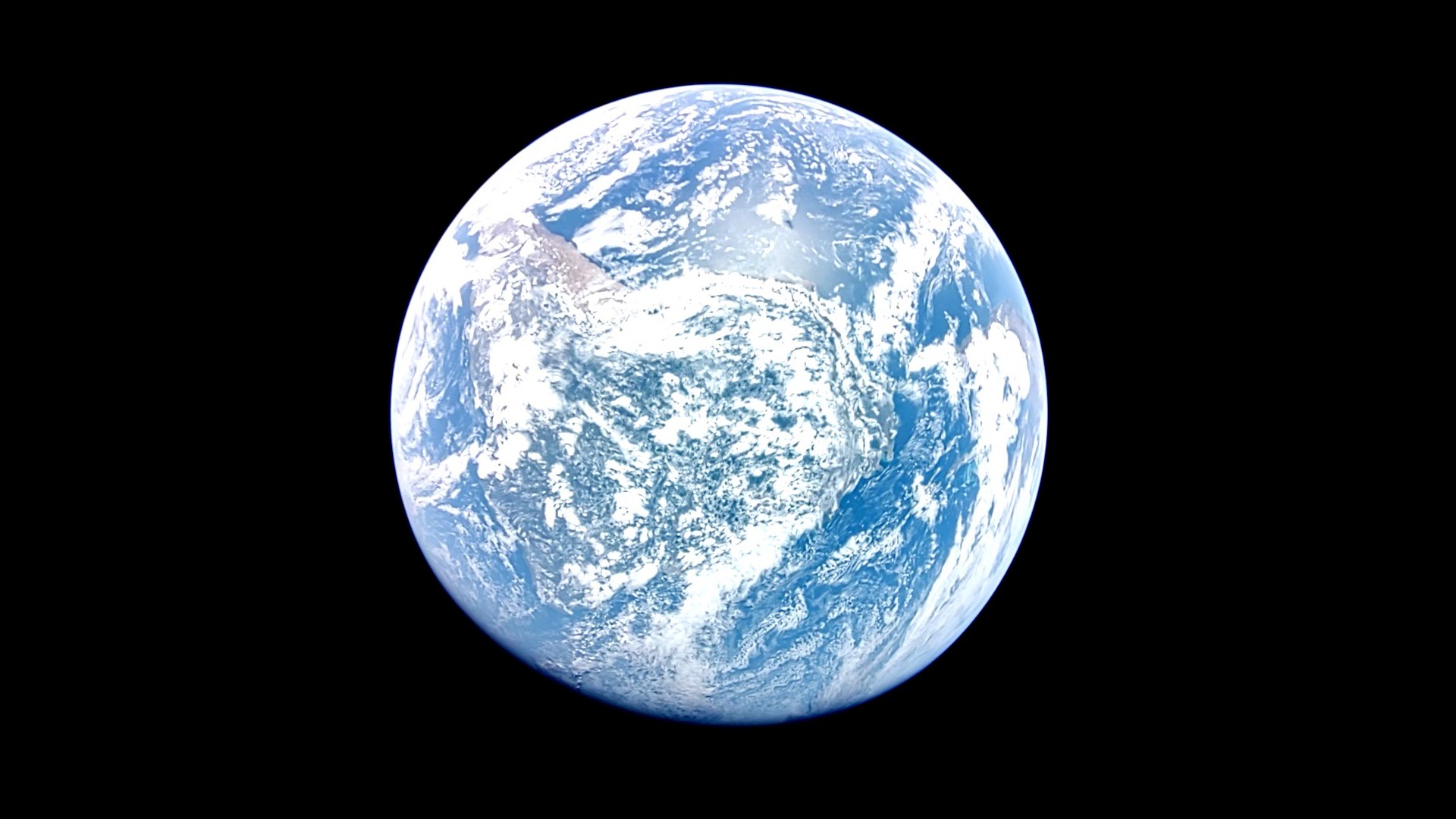Earth’s inner core is less solid than we thought
What's stirring 3,000 miles beneath the surface of the Earth? The post Earth’s inner core is less solid than we thought appeared first on Popular Science.

Earth’s core is pretty dynamic. Its spin speeds up and slows down based on how its two primary layers are behaving. As we improve the waveform techniques used to study the deepest layer thousands of feet below the surface, our understanding of it continues to evolve. Now, scientists believe that Earth’s inner core might be less solid than we previously thought. The findings are detailed in a study published February 10 in the journal Nature Geoscience and shed light on how topographical changes might be affecting the core’s rotation.
Round and round it goes
Earth’s core is located below the middle layer called the mantle and the outer layer–or crust. It consists of two main parts–a liquid outer core and a more solid inner core. The outer layer is made of liquid iron-nickel and is responsible for producing Earth’s magnetic field. The magnetic field and the liquid outer core are further stabilized by the more solid inner section. The inner core is made of solid iron-nickel about 3,000 miles below the surface of the Earth.
Scientists believe that the inner core’s rotation began to slow down in 2010, but what that really means has been up for debate. We can’t really feel those changes on Earth, but when the core spins more slowly, the mantle will speed up. This shift ultimately makes the Earth rotate faster, but translates to only thousandths of a second in day length.
The goal of this new study was initially to further document this slowing. However, one particular dataset on seismic waves revealed to study co-author and University of Southern California seismologist John Vidale that the inner core is not quite as solid as we thought.
“What we ended up discovering is evidence that the near surface of Earth’s inner core undergoes structural change,” Vidale said in a statement.
The new study used seismic waveform data, including 121 repeating earthquakes recorded from 42 locations near Antarctica’s South Sandwich Islands between 1991 and 2024. This kind of data can give scientists a glimpse of what takes place in the inner core since they can’t journey to the center of the Earth. The researchers analyzed the waveforms from receiver-array stations located near Fairbanks, Alaska, and Yellowknife in Canada’s Northwest Territories. One dataset of seismic waves from the Yellowknife station included some uncharacteristic properties the team had never observed before.
Once his research team improved their resolution technique so that they could see the data better, it was clear that these waveforms represented additional physical activity of the inner core.
[ Related: Seismologists might have identified the deepest layer of Earth’s core. ]
Disturbing the inner core
According to the study, this physical activity appears to be temporal changes in the shape of the inner core. The near surface of the inner core may undergo viscous deformation, or changing its shape and shifting at the inner core’s shallow boundary. This interaction between the inner and outer core is likely the cause of this structural change.
“The molten outer core is widely known to be turbulent, but its turbulence had not been observed to disrupt its neighbor the inner core on a human timescale,” Vidale said. “What we’re observing in this study for the first time is likely the outer core disturbing the inner core.”
This new discovery could lead scientists to some previously hidden dynamics happening deep within Earth’s core. Both rotational and non-rotational changes are happening in the inner core, fundamentally changing what we once understood about this deep layer. The team believes that more investigation into these forces is needed to see what is stirring at the core and could help us better understand Earth’s thermal and magnetic field.
The post Earth’s inner core is less solid than we thought appeared first on Popular Science.


























